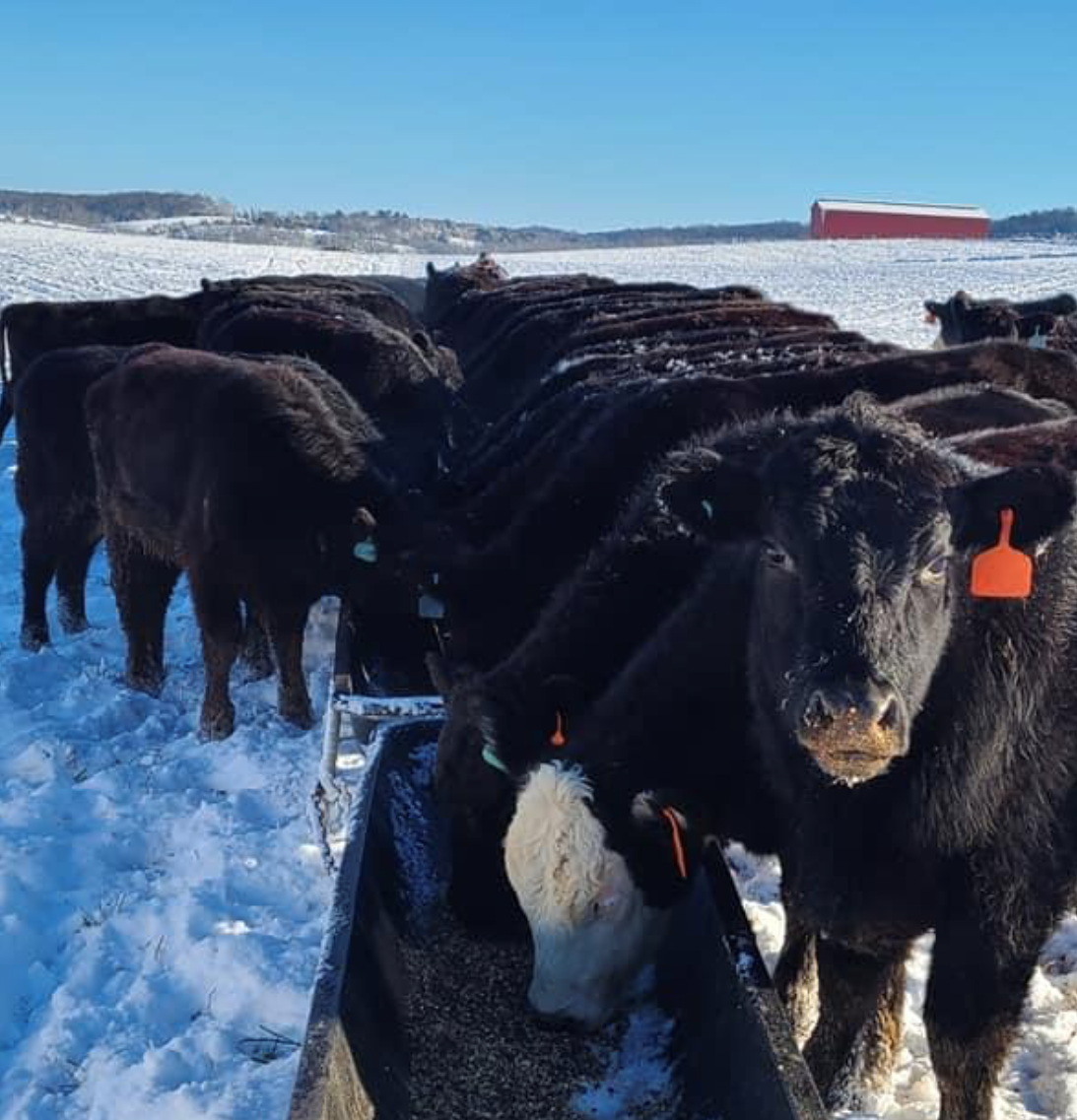

Dr. Andrew Griffith
Assistant Professor
Department of Agricultural and Resource Economics
P: 865-974-7480
The answer to the question of “what season is it” varies tremendously depending on who is answering the question. Some possible answers include winter, deer season, calving season, breeding season, hay season, harvest, etc. In the world of agricultural commodity markets, January is forecasting season or outlook season. Thus, to remain in the spirit of market expectations for cattle, it is appropriate to focus our attention on 2024 cattle prices.
Before jumping into 2024 price expectations, it is beneficial to use some hindsight and evaluate what happened in 2023. The graph illustrates 500 to 600 pound steers prices in Tennessee using the five-year average, 2022 and January through November of 2023. There was certainly some disgruntlement among producers when the market softened to end the year, but prices were still $60 per hundredweight higher than the previous year, which is at least $300 per head more than the previous year. From the cattle seller standpoint, cattle prices in 2023 were really good.
Despite the ability to learn a lot from the past, very few people want to spend much time ruminating on past events, because the future is what most people seem to be concerned with. Most people are so concerned with the future that they forget to focus on the most important time period called the present. In the present, cattle are most likely being undervalued to the same degree they were overvalued moving through some of 2023. Given the potential of cattle being undervalued, very few producers have the flexibility in their operation to adjust market timing and weight to capitalize on expectations that the market will reverse and add a few dollars of value in future weeks and months.
Speaking of the future, what does the market have in store for 2024? The only aspect of the 2024 market that can be guaranteed is volatility. The drivers of that volatility will hinge on supply and demand expectations. Looking at the present, there are a lot of cattle on feed, which speaks to the supply side of the equation. The January 1 cattle inventory report will be released at the end of January, and the decline in beef cow numbers and heifers held as replacement may be more shocking than many comprehend. The strong supply of cattle in the feedlot today means there will be fewer cattle to place on feed moving into the second and third quarter of the year. All of these factors are bullish for cattle prices in the present and future.
The demand side of the equation may contain the information that really drives volatility, because demand uncertainty will be strong given global economic concerns. Despite this uncertainty for the future, consumer demand in the present appears to remain strong.
As it relates to cattle prices specifically, the annual average of 550 pound steers in Tennessee for 2024 will likely increase three to five percent ($235/cwt) while similar increases will be likely for other classes of feeder cattle. Some of these price increases may not be apparent until there is more certainty of the reduced supply of cattle, but that information will continue to pile up and provide support for cattle prices.
